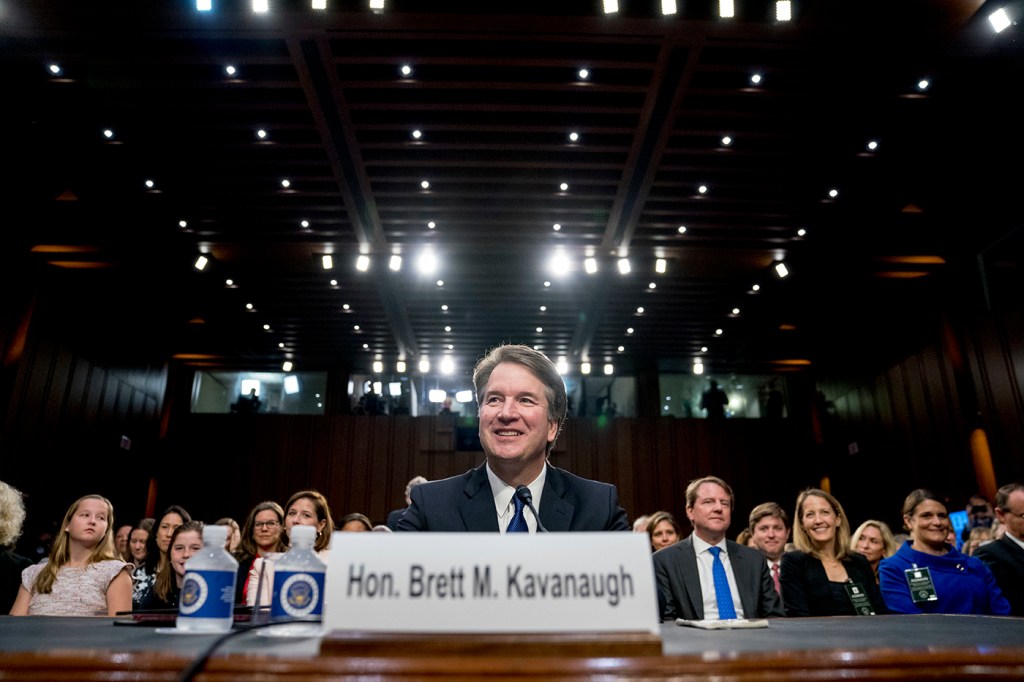Why do Supreme Court justices have lifetime appointments?

Appointing someone to the Supreme Court is one of the most important actions a U.S. president can make. That’s because, under the Constitution, Supreme Court justices have lifetime tenure unless they resign, retire, or are removed from office. This is distinct from most other democracies, where high court judges either have mandatory retirement ages or strict term limits.
So, why not in the United States?
Northeastern law professor Michael Meltsner, who specializes in the Supreme Court, said the intent was to insulate justices from partisan politics.
“That was put into the Constitution to preserve the total independence of the judiciary,” said Meltsner, the George J. and Kathleen Waters Matthews Distinguished University Professor of Law. “Once a justice is confirmed and takes a seat on the court, they’re not beholden to anybody.”
There should be a healthy discussion in which the pros and cons are considered, and hopefully in a non-political way.
Michael Meltsner, Law Professor, on whether Supreme Court justices should have lifetime tenures
This makes Supreme Court justices free to issue rulings based on the law, rather than political favor, Meltsner said.
A lot has changed since the 18th century. When the Constitution was written, the life expectancy for white males (the only population allowed to hold a Supreme Court seat at the time) hovered just below 50 years. In 2016 (the most recent data available by The World Bank), average U.S. life expectancy was 79 years, nearly three decades longer.
This fact alone might be enough to reconsider the justices’ lifetime appointments, Meltsner said.
“It’s absolutely something that should be considered,” he said. “There should be a healthy discussion in which the pros and cons are considered, and hopefully in a non-political way.”
Several technical problems would need to be solved in order to change the nature of Supreme Court terms. Congress would need to find a way to stagger term limits so that one president “doesn’t get to dominate the court,” Meltsner said. It would also need to determine a structure for replacing justices who step down in the middle of their terms.
“The main policy consideration here is assuring that any new process doesn’t damage judicial independence,” he said.
Then again, changing the tenure of Supreme Court justices would require amending the Constitution, which is “no easy task,” Meltsner said.





